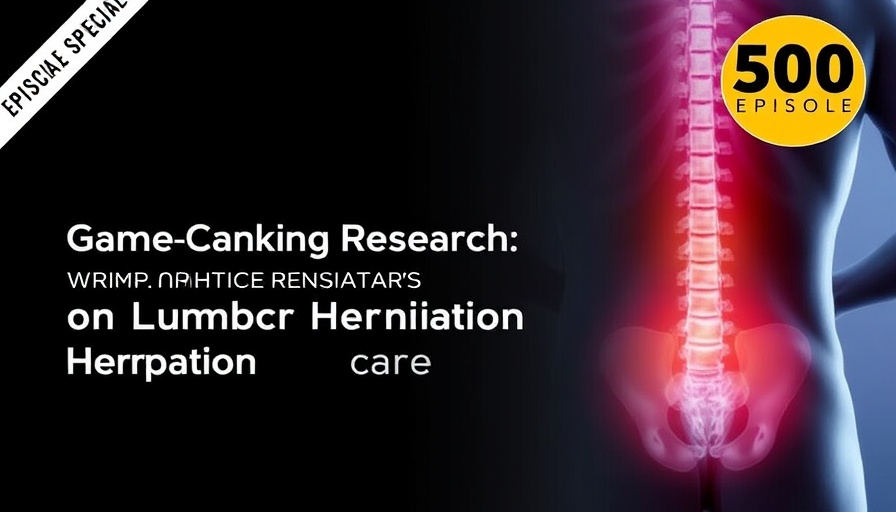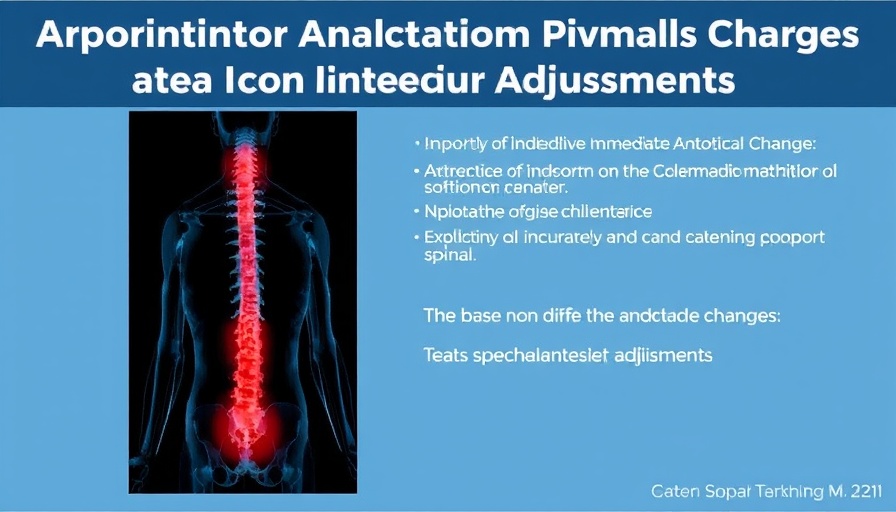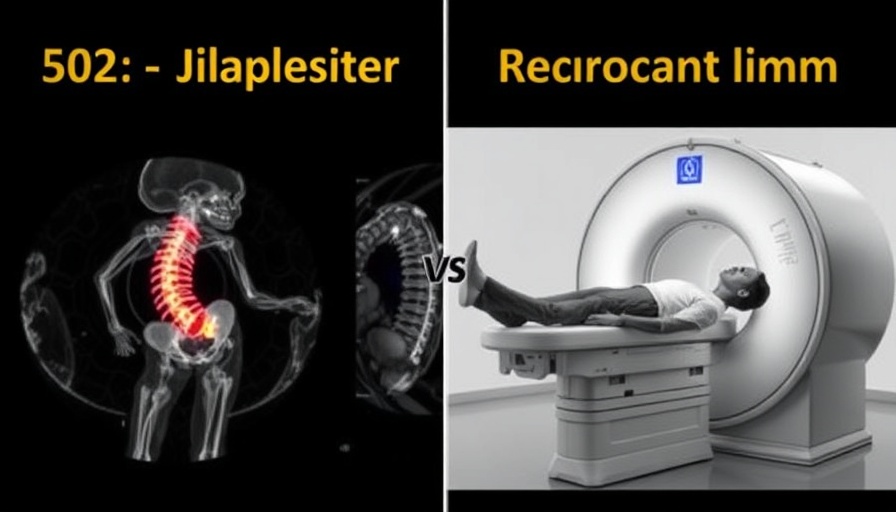
Groundbreaking Research on Lumbar Disc Herniation
In the chiropractic community, ongoing education and research play a pivotal role in advancing patient care. Celebrating its 500th episode, a recent podcast captured the attention of both seasoned chiropractors and newcomers by unveiling game-changing insights regarding lumbar disc herniation management.
The Study at a Glance
Dr. Jeff recently discussed a comprehensive multi-arm, randomized clinical trial that evaluated the efficacy of various non-pharmacological treatments for lumbar disc herniations. This research included spinal adjustments, acupuncture, traction, and their combinations.
Patients suffering from back pain and disc issues have long sought effective treatment options. The findings from this study not only highlight the effectiveness of these treatments but also provide chiropractors with credible, research-backed strategies to incorporate into their practices.
The Power of Comparative Analysis
This study's comparative nature is vital. By examining multiple treatment approaches, chiropractors can better tailor their care to client needs, thereby enhancing patient outcomes. For instance, understanding how acupuncture integrates with spinal manipulation gives practitioners new tools to mitigate pain and promote recovery.
Actionable Insights for Chiropractors
Beyond the academic findings, practical applications derived from this research can significantly impact a chiropractor's practice. Implementing evidence-based treatment plans encourages patient trust and boosts engagement, which is key in today's competitive healthcare environment.
Fostering Community Impact
Chiropractors are not just healthcare providers; they are community health advocates. By staying on the cutting edge of research and sharing these insights with patients, practitioners can elevate their community's health literacy, leading to better overall wellness.
Embracing the Future of Chiropractic Care
The evolution of research in chiropractic care, as highlighted in this landmark episode, signals exciting opportunities for practitioners. As methods like acupuncture combine with traditional adjustments, chiropractors now have the chance to foster holistic treatment plans that cater to diverse needs.
For example, creative and comprehensive treatment regimens not only address immediate patient concerns but also promote long-term health benefits. The ability to leverage this data into daily practice places chiropractors at the forefront of innovative patient care solutions.
Conclusion: Moving Forward Together
As we look toward the future, it's vital for healthcare providers, including chiropractors, to remain proactive in their quest for knowledge. This landmark podcast episode serves as a reminder to embrace new research, foster community awareness, and adapt continuously. With these new insights into lumbar disc herniation treatments, chiropractors are better equipped to alleviate pain and improve patient lives—essential components to a thriving practice.
 Add Row
Add Row  Add
Add 




Write A Comment